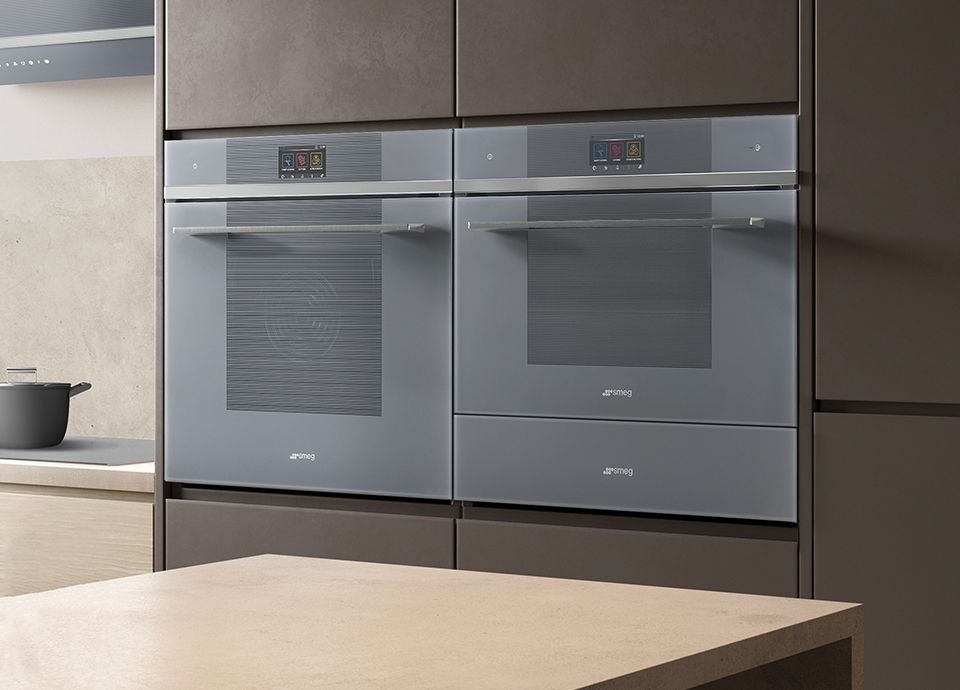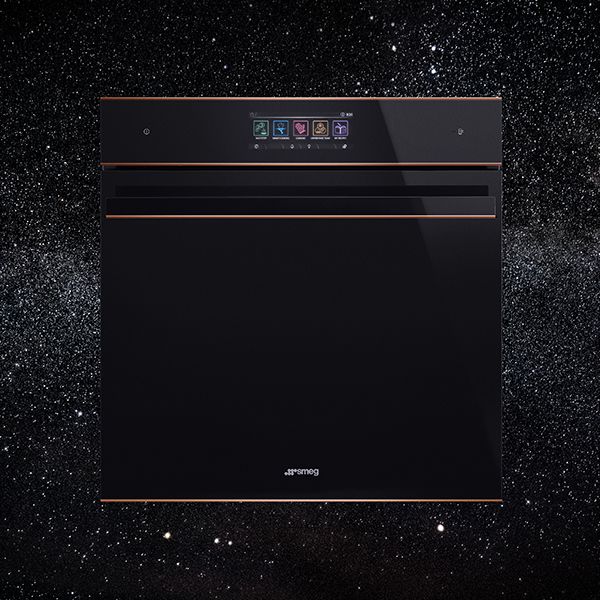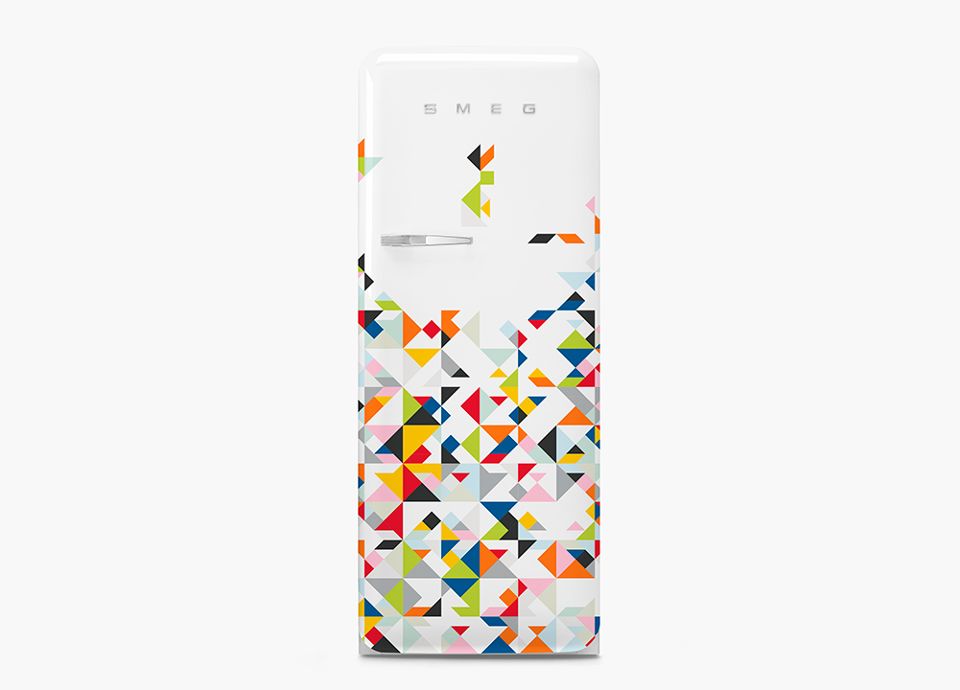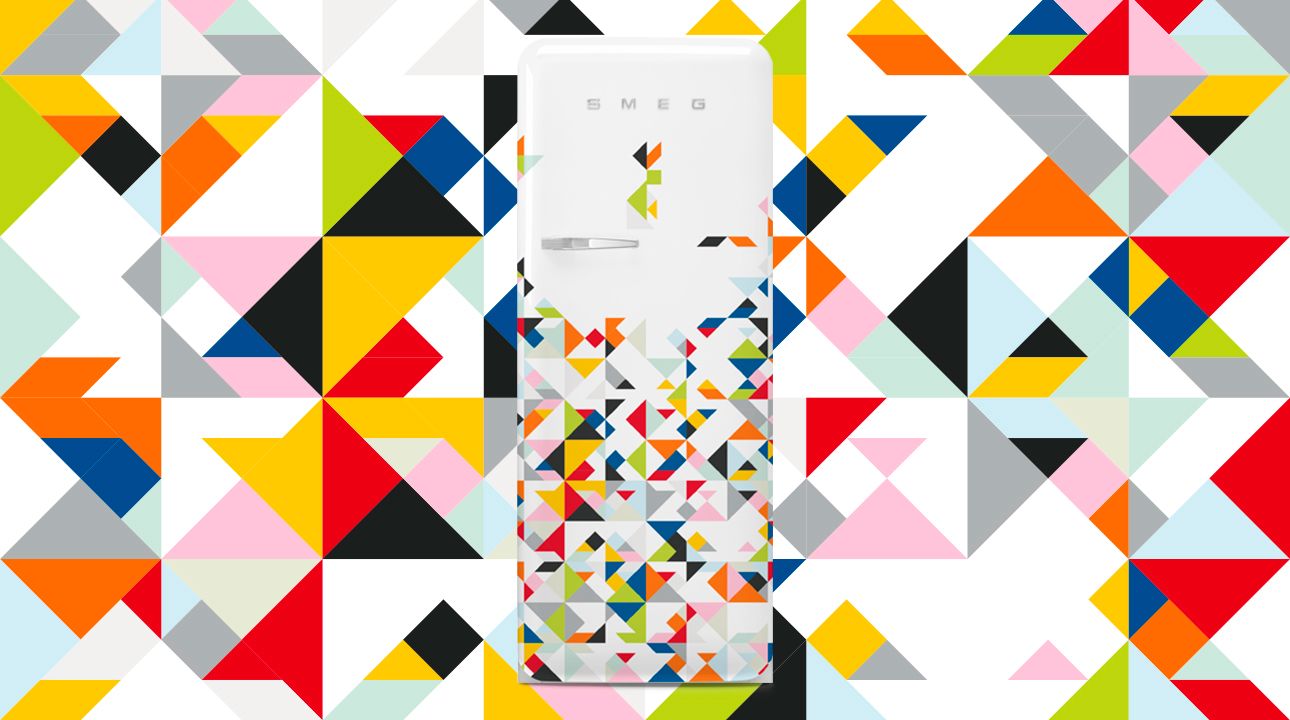invisible
-
MAJOR APPLIANCES
See more
-
Ovens
See more
-
Hobs
See more
-
Hoods
See more
-
Cookers
See more
- Microwave ovens
- Built-in Coffee machines
- Built-in drawers
-
Electric barbecues
See more
- separator1
-
Wine coolers
See more
-
Refrigerators
See more
- Freezers
- Blast chillers
- separator2
-
Laundry
See more
-
Dishwashers
See more
- Taps
-
Sinks
See more
- separator3
- Accessories
- separator4
- Vitality system
- separator5
- SmegConnect App
- separator6
- See all Major appliances
-
Ovens
-
SMALL APPLIANCES
See more
- BREAKFAST
-
Kettles
See more
-
Toasters
See more
- Citrus juicers
- separator1
- COFFEE
-
Espresso coffee machines
See more
- Drip filter coffee machines
-
Coffee grinders
See more
-
Milk frothers
See more
- separator4
- WATER
- Soda makers
- Water bottles
- separator10
- FOOD PREPARATION
-
Stand mixers
See more
- Hand blender
- Blenders
- Hand mixers
- Kitchen scales
- separator11
- KITCHENWARE
-
Cookware
See more
- Knives block set
- separator9
- COOKING
- Countertop combi steam ovens
- Portable induction cookers
- Separator5
- Accessories
- separator
- See all Small appliances
-
SPECIAL PROJECTS
See more
- AESTHETIC LINES
-
INSPIRATION
See more
Product search
Search by name, series, or model
Enter at least 3 characters































































































































































































